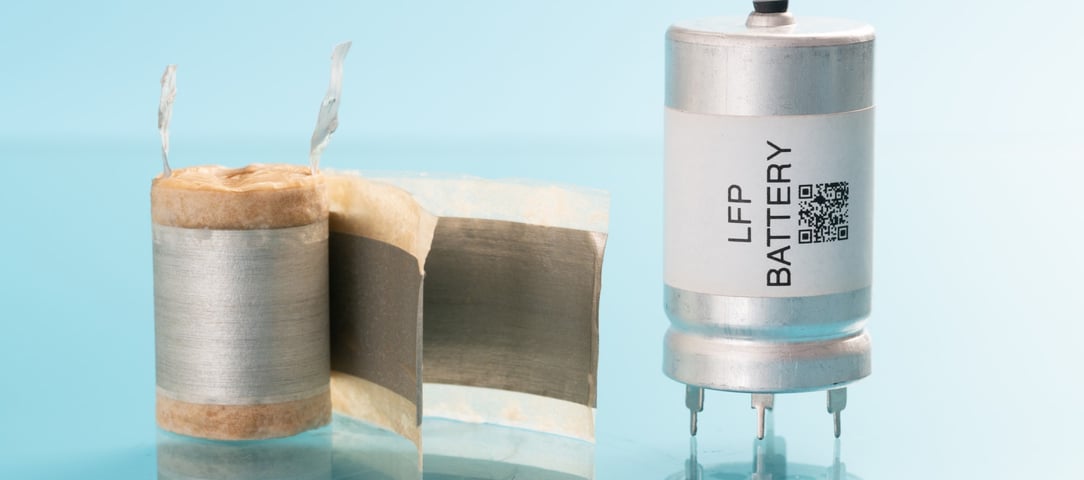
Li-ion batteries consist of current collector foils which are coated with slurries containing the active materials. For the cathode side of the Li-ion battery, the foil is typically aluminum, and the active material is metal oxide whereas on the anode side copper coated with graphite is commonly used. In the battery manufacturing process, the slurry is spread on the current collector surface with the technique called slot-die coating. The quality of the coating is highly dependent on the wettability between the current collector surface and the slurry. As both the surface energy of the substrate as well as the surface tension of the coating formulation play an important role in wettability, the surface tension of the slurry should be optimized to ensure optimum performance of the battery cell.
Slurries used in Li-ion battery manufacturing are a mixture of active material, conductive agents, some polymeric materials, and solvents. The solvent used is organic, most typically N-methyl-2-pyrrolidone (NMP). There is, however, an increased interest in replacing the NMP with some other solvent such as DMF or even water for environmental reasons. In addition, after the deposition of the slurry on the electrode substrate, typically aluminum, a drying process is required to remove the solvent from the electrode. This is one of the most costly parts of the battery manufacturing process as it requires a significant amount of energy. If the time and temperature required for drying could be reduced, this could lead to significant savings in the process. Thus, alternative solvents are extensively searched for.
To facilitate the spreading of the slurry on the electrode surface and prevent cracking during the drying process, the surface tension of the slurry should be optimized. Any changes made to the composition of the slurry will have a potential effect on the surface tension, so it is important to measure it.
To hear more about the surface tension measurement of battery slurries, please register for the webinar through the link below.
A wetting agent is a surface-active molecule used to reduce the surface tension of water.
The term surfactant comes from the word surface active agent. At the interface, they align themselves so that the hydrophobic part is in the air and the hydrophilic part is in water. This will cause a decrease in surface or interfacial tensions.
Surface tension plays an important role in the electroplating solution.
When measuring contact angles or making surface tension measurements with a pendant drop, selecting the correct tip or needle for your liquid is crucial.
The surface tension of water is about 72 mN/m at room temperature which is one of the highest surface tension for liquid.
Surface tension is a quantitative measure that can be correlated with a solution’s ability to remove dirt.
Surface tension and wettability are important physical properties that play a significant role in the effectiveness of agrochemicals.
Explains three different methods to measure surface tension.
